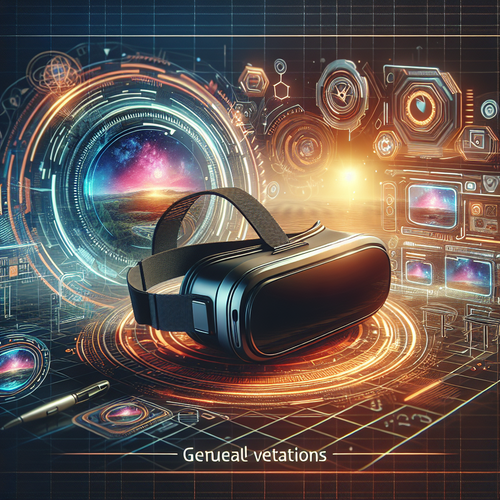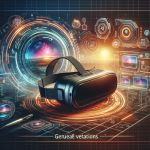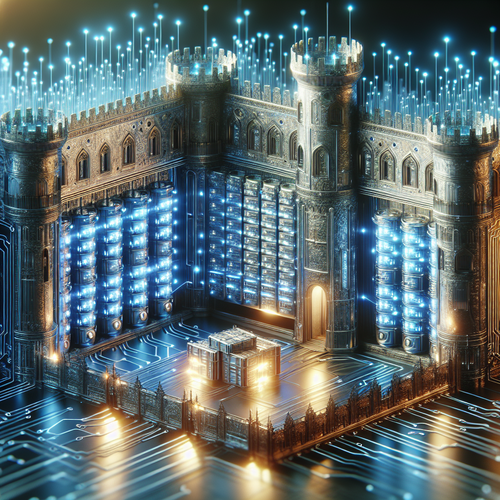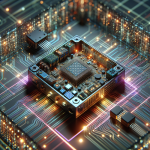
Developing the Next-Gen AR/VR Headset with Mixed Reality AI
Developing the Next-Gen AR/VR Headset with Mixed Reality AI
Augmented Reality (AR) and Virtual Reality (VR) are rapidly evolving fields, merging digital elements with the physical world to create immersive experiences. In this tutorial, we will explore the steps to develop a next-generation AR/VR headset that incorporates mixed reality and artificial intelligence (AI).
Prerequisites
- Basic understanding of electronics and hardware components.
- Familiarity with programming languages such as C++ or Python.
- Experience with software development kits (SDKs) for AR/VR, such as Unity or Unreal Engine.
- Access to a workspace equipped with necessary tools for hardware assembly and testing.
Step-by-Step Instructions
Step 1: Conceptualization and Design
The first step in developing a next-gen AR/VR headset is to conceptualize its design. Consider the following factors:
- Target Audience: Determine who will use the headset (gamers, professionals, educators).
- Functionality: Outline the features you want, such as biometric sensors, environmental mapping, and AI capabilities.
- Form Factor: Design the headset for comfort and usability; consider weight, adjustability, and aesthetics.
Step 2: Hardware Development
Once you have a design, move on to hardware development. Key components include:
- Display: Choose high-resolution panels capable of providing a wide field of view.
- Processors: Integrate powerful CPUs and GPUs that can handle intensive computational tasks.
- Sensors: Incorporate cameras, motion sensors, and depth sensors for accurate tracking and interaction.
- Battery: Ensure a robust battery solution that balances performance and longevity.
Step 3: Software Integration
Software is vital in breathing life into your AR/VR headset. Follow these steps:
- Choosing an SDK: Select an SDK that suits your project needs (e.g., Unity for gaming, Vuforia for AR).
- AI Integration: Implement AI features like object recognition, scene understanding, and user interaction optimization using frameworks like TensorFlow or PyTorch.
- User Interface (UI): Design an intuitive UI that enhances user experience through easy navigation and interaction.
Step 4: Prototyping
Create a prototype of your headset. At this stage, focus on:
- Testing: Test hardware components and software functionalities to ensure everything works seamlessly.
- Iterating: Gather feedback from users and make necessary adjustments to both hardware and software based on usability tests.
Step 5: Manufacturing
Once the prototype meets expectations, proceed to manufacturing. Partner with manufacturers who specialize in AR/VR technology to ensure quality and scalability.
Step 6: Marketing and Launch
Develop a marketing strategy that showcases the unique capabilities of your headset. Consider:
- Targeted Campaigns: Use social media and tech blogs to reach your audience.
- Demo Events: Host events to give users hands-on experience with the product.
Troubleshooting Common Issues
As you develop your AR/VR headset, you may encounter issues such as:
- Hardware Failure: Regularly test components to ensure functionality.
- Software Bugs: Conduct thorough testing and debugging of the software.
- User Feedback: Listen to user feedback for any issues that may arise post-launch.
Summary Checklist
- Complete hardware design and specifications.
- Develop and test software integration.
- Create a functional prototype.
- Engage with manufacturers for production.
- Launch with effective marketing strategies.
By following these steps, you can successfully develop a next-gen AR/VR headset equipped with mixed reality AI. For more insights into emerging technologies, check out our article on how to push images to Harbor.














